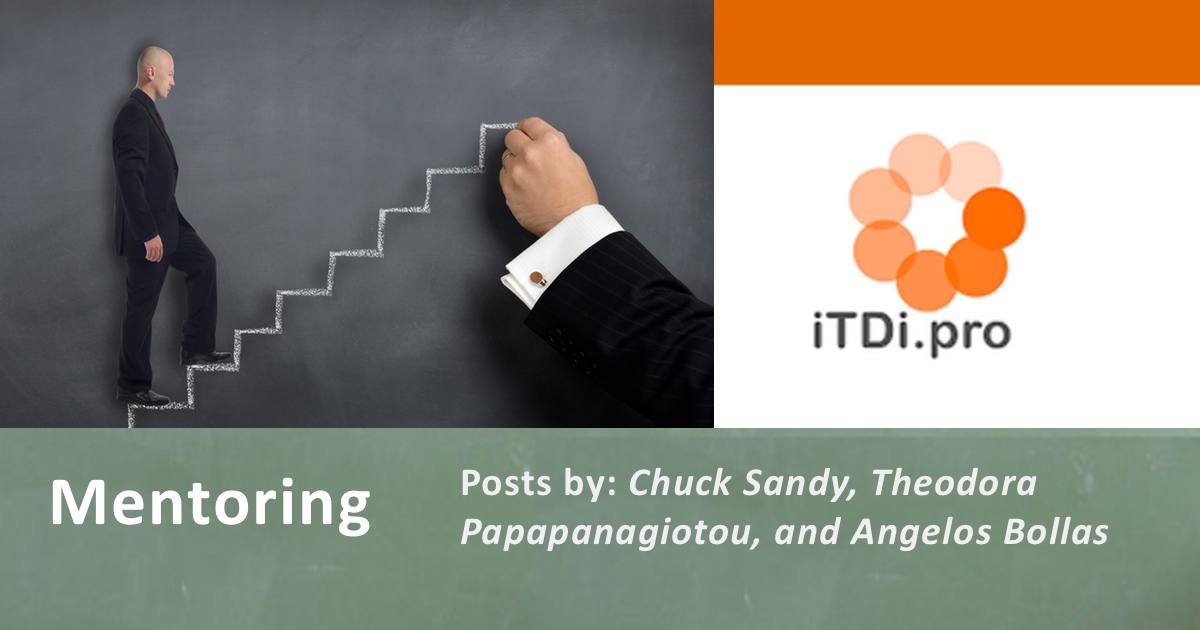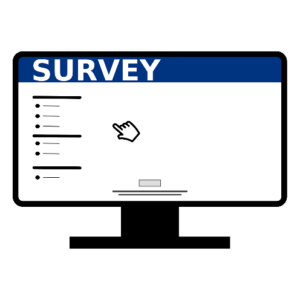Introducing Inclusive Practices in Education: A Letter to Colleagues

Angelos Bollas (Greece) gives us advice on teaching about inclusion, equality and diversity
It appears to me that the number of colleagues who are interested in adopting inclusive practices is on the rise. I observe several webinars, conference talks and workshops, as well as informal discussions on social media being dedicated to Equality, Diversity, and Inclusion (EDI). Even though this is a great development, it is vital that colleagues be cautious when it comes to receiving advice about such sensitive matters. Indeed, most language teachers around the world are not trained in psychology, sociology, and other sciences relevant to EDI. As such, it becomes easy to follow advice that appears to be sound without critically examining its validity. This letter aims to help colleagues develop their criticality with regards to EDI-related materials, practices, and sources.
Dear colleagues,
Although colleagues in Academia have long been interested in exploring the issue of inclusion and inclusive practices with attention to gender and sexuality in education, and in English Language Teaching (ELT) in particular, the issue has only recently received wide attention among ELT professionals. It was only a few years ago that the first relevant talk (concurrent event) at IATEFL took place and, since then, we have observed a plethora of conference presentations, publications for teachers and learners, webinars, and other modes of information/knowledge sharing addressing this topic.
Even though one should not but welcome such developments in our field, it is important to take them with a pinch of salt, as we ought to do with anything that ascends overnight from being a so-called taboo topic to becoming a trend. This short blog post addresses those teachers who are genuinely interested in being inclusive and providing their learners with lessons that allow them to be seen, recognised, and celebrated for being who they are. Its aim is not to put them off from learning more about inclusive practices; quite the contrary, it aims to encourage credible, ongoing, and multidisciplinary education on the subject.
What is ‘credible’ education?
What is being challenged through these few words in this post is the concept of ‘credible’ education. Arguing that credible education is solely university-produced knowledge would make this author (or any other one for that matter) nothing but an elitist who is ignorant of the fact that the working conditions of English language teachers around the world do not allow them to access well-guarded scholarship from journal articles and academic publications. At the same time, it would be ignorant to claim that only those working in academia are capable of producing work that is worthy of attention and consideration.
So, the question should not be so much about what makes the cut to being considered ‘credible’; rather, the question should be what it is that we, practicing teachers, should be on the look-out for when consulting advice with regards to inclusive practices. Below, there is a brief list of what one should be wary of:
Sources that focus too much on the author’s personal experiences.
Although it can be extremely insightful to hear or read about someone’s own experiences with (a lack of) inclusive practices as learner and/or teacher, it is not fruitful to assume that one person’s experience is generalisable and/or that it provides enough evidence to base any teaching or materials design decision on.
Sources that are not based in any form of research.
As discussed earlier, accessing journal articles or academic publications can be very expensive, especially for English language teachers. However, it is not uncommon for professional publications to be based on secondary research, that is, research conducted by others. Such publications can be a very valuable tool for us because they are not based on one person’s beliefs or thoughts. Rather, they are based on research and evidence, which, in turn, allows us to reflect on the applicability of a certain task, idea, or approach to our own learning and teaching context.
Sources that provide you with ready-made lessons (and no framework to help you design your own sources).
Even though ready-made lessons are very useful, especially for busy classroom practitioners, there is a danger that colleagues might end up giving the odd token lesson every now and then. Indeed, while every attempt to address inclusion, or lack of, is a significant one, it should be noted that token lessons can potentially contribute to the stigmatisation of certain identities. It is necessary to adopt a more holistic approach which extends beyond the single odd lesson. As such, it is important that we consult sources that encourage us to develop such an approach and apply it to all materials, the ones we design but also the ones that are publicly available.
Perhaps, at the heart of this post is an attempt to encourage colleagues to engage with the issue of inclusion and inclusive practices in a meaningful manner, to congratulate those who are already involved in this complicated but important mission, and to promote research and evidence-informed approaches.
Best Regards,
Angelos






